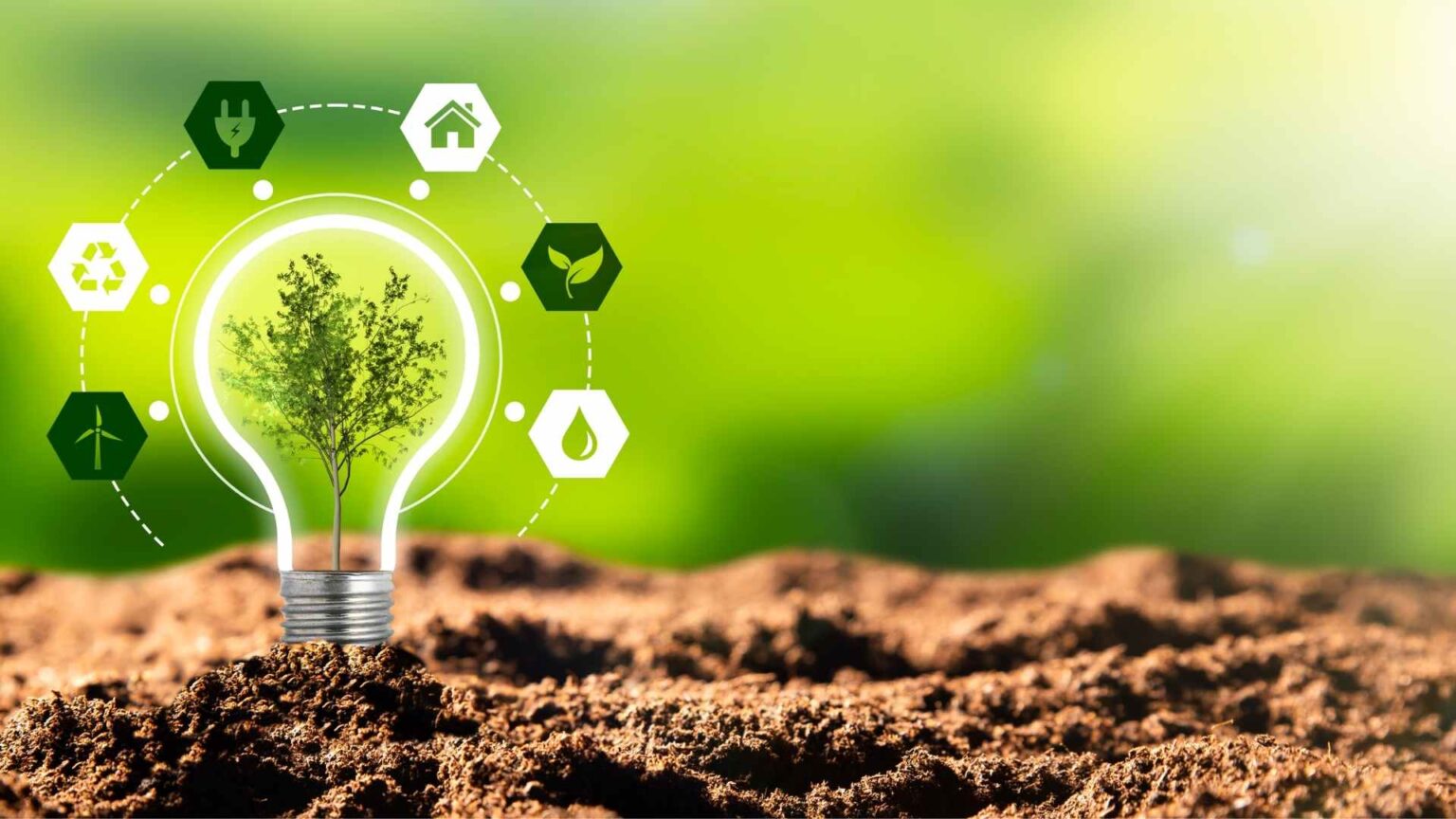- The economic benefits of green innovation primarily manifest through increased investment in the initial years.
- Research indicates that doubling green patent filings can elevate the gross domestic product by 1.7 percent after five years.
- The IMF advises against the use of government policies that restrict international trade to support domestic industries, cautioning against the act of protectionism.
The IMF states that the momentum of low-carbon innovation has now slowed, as promising technologies are not spreading rapidly enough to lower-income countries including in Africa where they can be particularly helpful.
This is in spite of the progress made in the recent past when green innovation reached its peak at 10 per cent of total patent filings in 2010.
“Since then, it has experienced a mild decline, reflecting various factors, including hydraulic fracking lowering the price of oil and technological maturity in some initial technologies such as renewables, which slows the pace of innovation,” states the lender in its recent climate outlook report.
The slower momentum is concerning because green innovation is not only beneficial for containing climate change but also for stimulating economic growth, it adds in part.
“Our research shows that doubling green patent filings can boost gross domestic product by 1.7 percent after five years, compared with a baseline scenario. This is under our most conservative estimate; other estimates show up to four times the effect.”
Economic benefits of green innovation mostly flow through increased investment in the first few years.
Read also: Africa’s private sector ‘missing in action’ on climate change financing
Green innovation is linked to increased innovation overall
Over time, additional growth benefits arise from cheaper energy and more energy-efficient production processes. Most importantly, these benefits stem from reduced global warming and less frequent (and less costly) climate disasters.
Green innovation is linked to increased innovation overall, not merely substituting green technologies for other types. This may be because green technologies often require complementary innovation. More innovation typically leads to greater economic growth, according to the lender.
The lender offers advice on some of the most effective policies to stimulate green innovation. These include emissions-trading schemes that cap emissions, feed-in tariffs guaranteeing a minimum price for renewable energy producers, and government spending, such as subsidies for research and development.
Moreover, the lender emphasizes that global climate policies result in significantly larger increases in green innovation compared to domestic initiatives alone. International agreements like the Kyoto Protocol and the Paris Agreement amplify the impact of domestic policies on green innovation, it notes.
“One reason policy synchronization has a prominent impact on domestic green innovation is what is called the market size effect. There’s more incentive to develop low-carbon technologies if innovators can expect to sell into a much larger potential market, that is, in countries which adopted similar climate policies.”
Significantly, the lender adds that climate policies in other countries generate green innovations and knowledge that can be utilized in the domestic economy, known as technology diffusion.
In conclusion, it asserts that synchronized policy action and international climate commitments create more certainty around domestic climate policies, boosting people’s confidence in governments’ commitment to address climate change.
Read also: From COP27 to COP28 – key factors for Africa before the 2023 UN Climate Change Conference
Tariffs on low-carbon technologies
Highlighting some of the benefits of climate policies, the IMF states that they assist in disseminating the use of low-carbon technologies in countries that are not sources of innovation, through trade and foreign direct investment.
“Countries that implement climate policies witness increased imports of low-carbon technologies and higher inflows of green foreign direct investment, especially in emerging market and developing economies,” such as in Africa.
However, it cautions against the use of government policies that restrict international trade to support domestic industries, a practice known as protectionism.
The lender suggests that lowering tariffs on low-carbon technologies can further enhance trade and foreign direct investment in green technologies, especially in middle- and low-income countries where such tariffs remain high.
On the flip side, more protectionist measures would hinder the broader dissemination of low-carbon technologies.
Additionally, given evidence of economies of scale, the lender argues that protectionism, with ultimately smaller potential markets, could stifle incentives for green innovation and lead to the duplication of efforts across countries.
“The risks of protectionism are exacerbated when climate policies, such as subsidies, do not adhere to international rules. For example, local content requirements, whereby only locally produced green goods benefit from subsidies, undermine trust in multilateral trade rules and could result in retaliatory measures,” it notes in part.
Read also: IFAD’s innovative finance plan for climate-resilient farmers in East Africa

